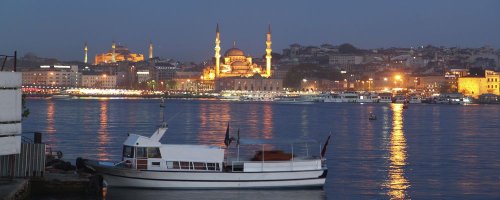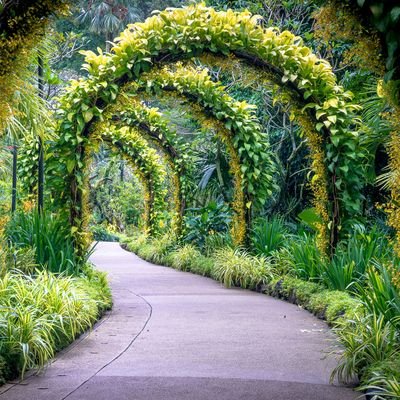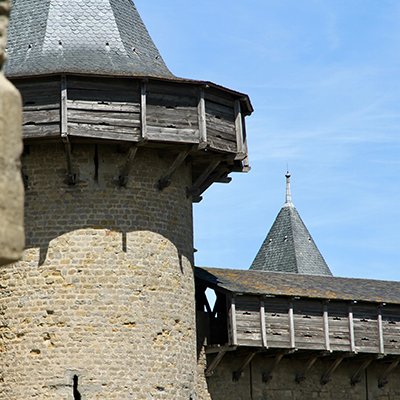Istanbul, a city that rarely sleeps and one that has a foot firmly planted in Europe and another in Asia, offers business travellers a rarefied opportunity to indulge the senses. Whether it's bustling markets, quiet cafes on sleepy side roads, hectic street life or a trip on the Bosporus, then travellers will be spoilt for choice.
Here are some of the city's highlights to cram in before you fly out on your onward journey:
Hagia Sophia
One of the most notable tourist hotspots on the Istanbul map is Hagia Sophia, a doomed monument that was once a cathedral in 6th-century AD Constantinople, but latterly has become a museum.
Over two floors, the structure is immense, but it is as much a part of Istanbul's past as its present and future. Built between 532 and 537AD, Hagia Sophia has history breathing from its very pores—from Greek and Roman to Byzantine and Ottoman. Hagia Sophia is Istanbul in microcosm: the crossroads between east and west.
Topkapi Palace
Otherwise known as the Blue Mosque, the Topkapi Palace has presided quietly over Istanbul's changing faces for the last 650 years. Once the residence of the Ottoman sultans it is now a large museum. The palace complex has hundreds of rooms and chambers, but only the most important are accessible to the public, including the Ottoman imperial harem and the hazine, where the Spoonmaker's Diamond and Topkapi Dagger are on display.
The collection includes Ottoman clothing, weapons, armour, miniatures, religious relics, and manuscripts, and was listed a UNESCO World Heritage Site in 1985.
Basilica Cistern
Heading underground may not be what business travellers had in mind during their brief breaks from meetings in Istanbul, but they will be among hundreds of thousands who have visited the city's underground cisterns.
More than one hundred cisterns were built in ancient times, due to insufficient water resources to meet the demand during dry summers, and they still dot the city. The most famous is at Yerebatan. Constructed by 7,000 workers with the order of Justinian I in 532 AD, it was later renamed the Basilica Cistern and is the most visited cistern today, while also hosting national and international events.
Archaeology Museum
Ottoman sultan Abdülaziz began a movement for a museum based on his experiences during a 1867 tour of Paris, London and Vienna. The idea did not gain traction until 25 years later, and today the archaeological museums encompass three in the Eminönü district, near Gülhane Park and Topkapı Palace. They are the Archaeological Museum, the Museum of the Ancient Orient and the Museum of Islamic Art. Visitors will be entranced by the more than one million objects on display, from almost every era and civilization in world history.
Grand Bazaar
For business travellers to step back in time and get a sense of the city, the Grand Bazaar probably is one of the best market destinations, representing the colourful heart of the Old City. Formerly a warehouse built on the orders of Mehmet the Conqueror in 1461, it grew in stature to cover a vast tract of land that incorporated nearby shops and caravanserais. You'll be able to wander the vast warren of covered lanes for hours on end, enter into a bit of Turkish bargaining, and sample Turkish tea. It is one place that brings the five senses alive.
Bosphorus Cruise
Just as you can cruise down the Seine in Paris or the Thames in London, a cruise on the Istanbul's Bosporus gives you a unique insight into this city. Business travellers can see the peaks of Sultanahmet’s tourist sites and the famous Ottoman waterfront mansions, an offering that will calm the senses before the next flight out of this wondrous city.
 Andy Probert left the British rat race after a 25 year as a journalist and PR specialist to live in Turkey and now Cyprus, a compulsive traveller his favourite places include Vietnam and India among many. Among the travel Andy continues to write freelance and still maintains a PR client base.
Andy Probert left the British rat race after a 25 year as a journalist and PR specialist to live in Turkey and now Cyprus, a compulsive traveller his favourite places include Vietnam and India among many. Among the travel Andy continues to write freelance and still maintains a PR client base.















